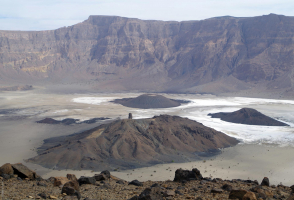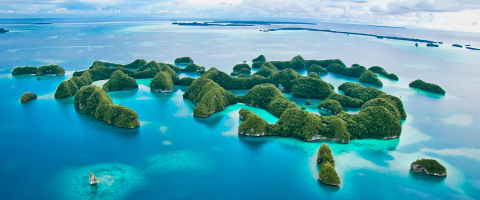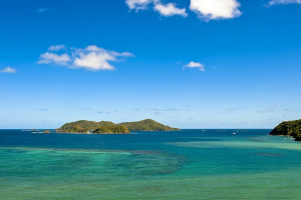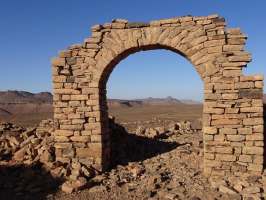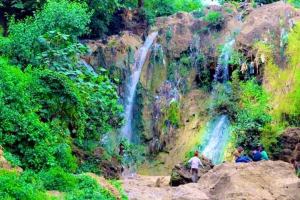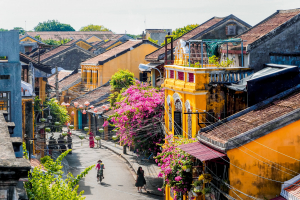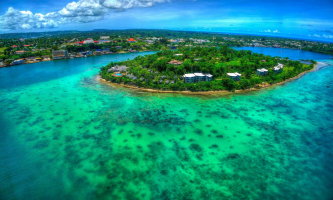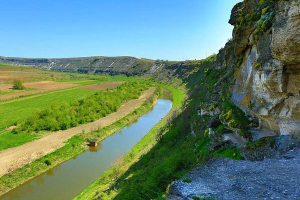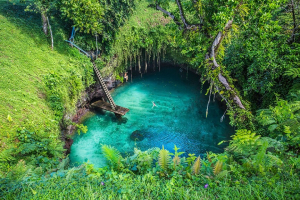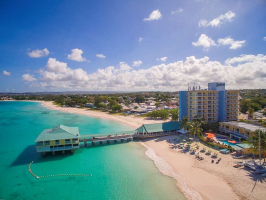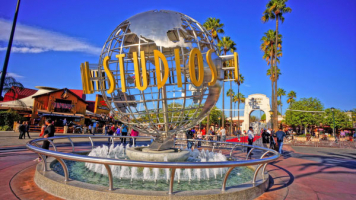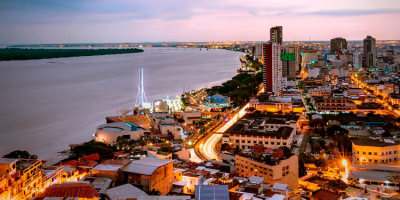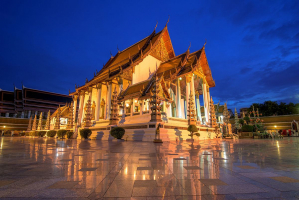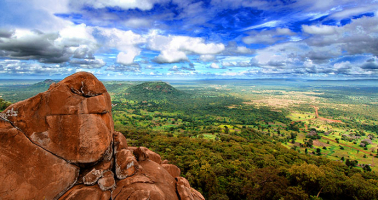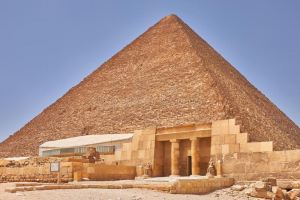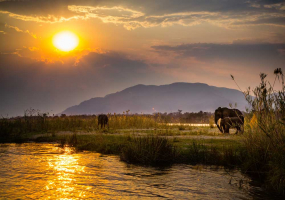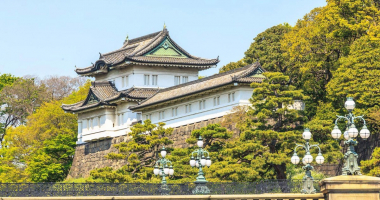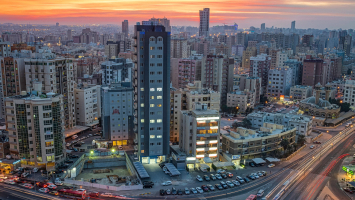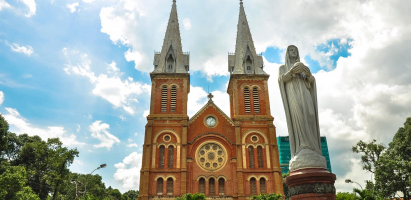Top 10 Best Tourist Attractions in Eswatini
The lush and hilly Kingdom of Swaziland, now officially known as eSwatini, is Africa's last absolute monarchy, bordering Mozambique in the southeast. This ... read more...little but scenically lovely country is a hiker's paradise, with green peaks, rivers, ravines, rolling valleys, and waterfalls. The major attraction here is nature reserves, and while only a few of them are home to the Big Five (lion, leopard, elephant, buffalo, and rhino), they all provide an intimate game-viewing experience, lush mountain scenery, and a diverse range of species. Here are the top tourist attractions in Eswatini
-
In truth, no other Swaziland game reserve compares to Hlane's abundance of bucket-list vistas and mind-boggling biodiversity. The Hlane ("Wilderness") Game Sanctuary is home to some of the country's greatest herds of game and is one of the few areas in Swaziland where visitors can see lions, elephants, and rhinos. Birders will enjoy this 22,000-hectare reserve, which contains a wide variety of species, including the continent's largest density of breeding white-backed vultures. Visitors must join a guided game drive to observe the lions, who are kept in their own enclosure, while self-guided drives are allowed in other parts of the park.
Aside from animal viewing, guided mountain biking, cultural visits to a local Swazi town, birding walks, and overnight fully-catered jungle treks are also available. A campsite or traditional lantern-lit hut gives an evocative electricity-free experience, while a second camp offers self-catering stone houses with modern facilities.
After all, this is the only (repeat: only) spot in the country where you may see a lion (just reintroduced), an elephant, and a rhino all in the same day — that's three of the Big Five!
Location: MR3, Simunye, Eswatini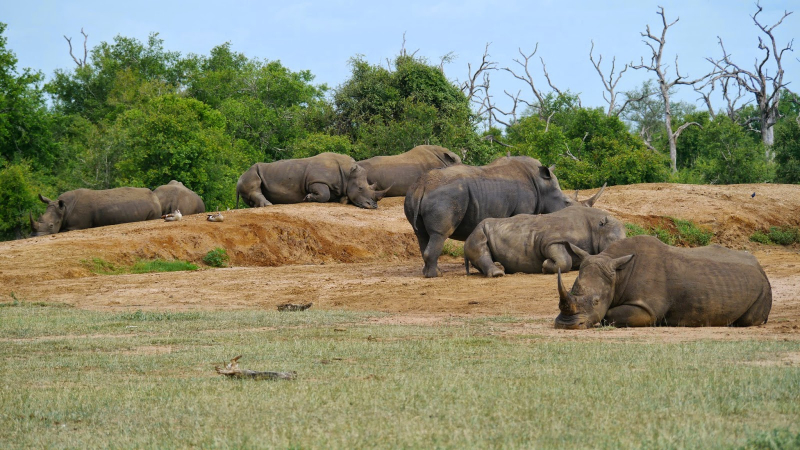
erikastravels.com 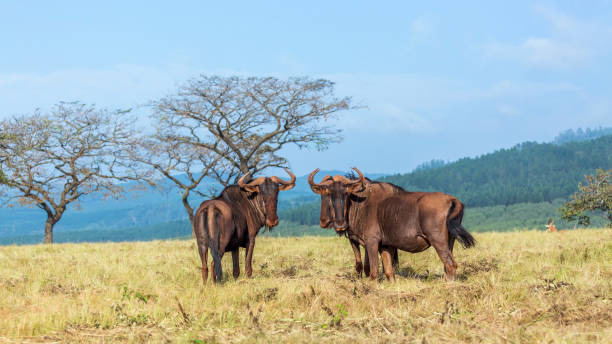
.istockphoto.com -
On the banks of the croc-infested Mlawula River, the privately-owned Mbuluzi Game Reserve provides a tranquil haven. Self-guided wildlife safaris are the most popular activity here, with giraffe, zebra, kudu, jackal, wildebeest, and nyala seen during the day and maybe hyena, genets, servals, and honey badgers seen at night. With almost 300 species, including the exquisite Narina trogon, birding is a particularly pleasant activity.
Hiking the well-marked labyrinth of nature paths, mountain biking along jeep tracks, and casting a line for fish in the two rivers are all options for visitors. The types of lodging available are diverse. Riverfront campsites and safari tents are among the options, as are various family lodges. Guests enjoy unrestricted access to the surrounding Mlawula Game Reserve and Hlane Royal National Park, which feature white rhinos and elephants, despite the fact that the reserve lacks any of the Big Five (leopard, lion, elephant, buffalo, and rhino).
Location: Eswatini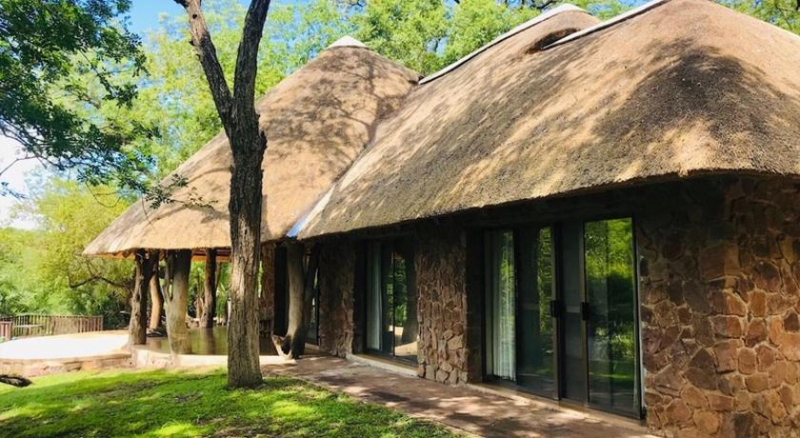
hikersbay.com 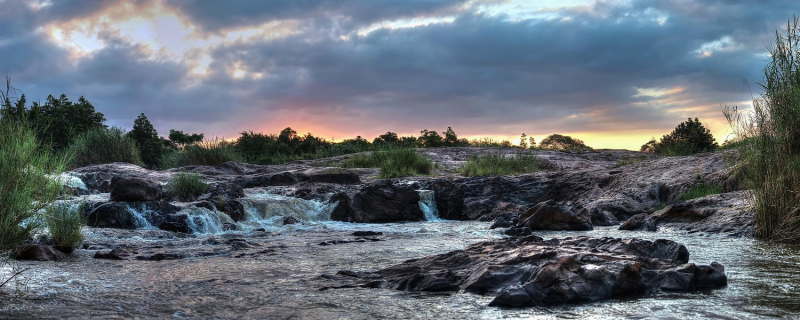
mbuluzi.com -
Lobamba is Swaziland's spiritual and cultural heart, located in the picturesque Ezulwini valley (Valley of Heaven). Swaziland's monarchy, as well as the country's most important buildings, are housed in this laid-back town.
Actually, it shares the title with Mbabane down the valley, but it's here that visitors will find all of the state's machinery: the gorgeous Lozitha Palace, which is home to the Queen Mother; the Swaziland Parliament; and the honorific memorials to King Sobhuza II, the country's freedom hero. If you're still looking for something to do, travel to the interesting National Museum of Swaziland, where the collections include stories from the British colonial period, and one colorful head of the Indian god Krishna tells of trading tales across the Arabian Sea.
The monarch has audiences at the huge Embo Official Palace, and the majestic State House, completed in 1978, is primarily used for ceremonial and other state events, albeit none of these structures is open to the public. Visitors can, however, take a tour of the Parliament Building. The Somhlolo Stadium, also in Lobamba, hosts significant cultural and sporting events, as well as state celebrations, concerts, dance performances, and kingly speeches.
Location: Ezulwini valley
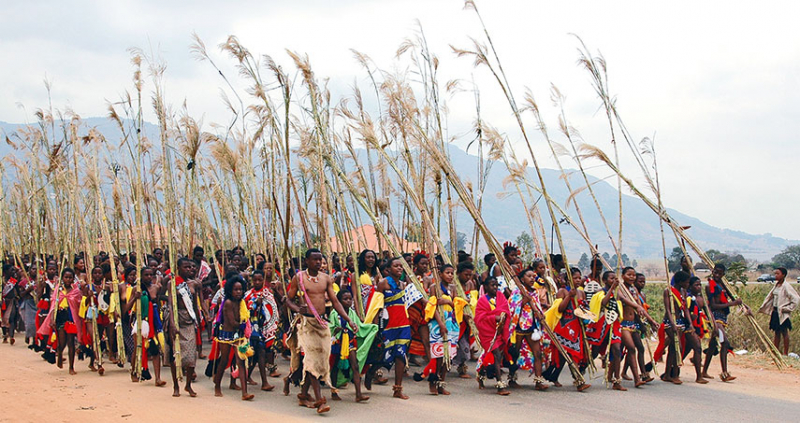
africawanderlust.com 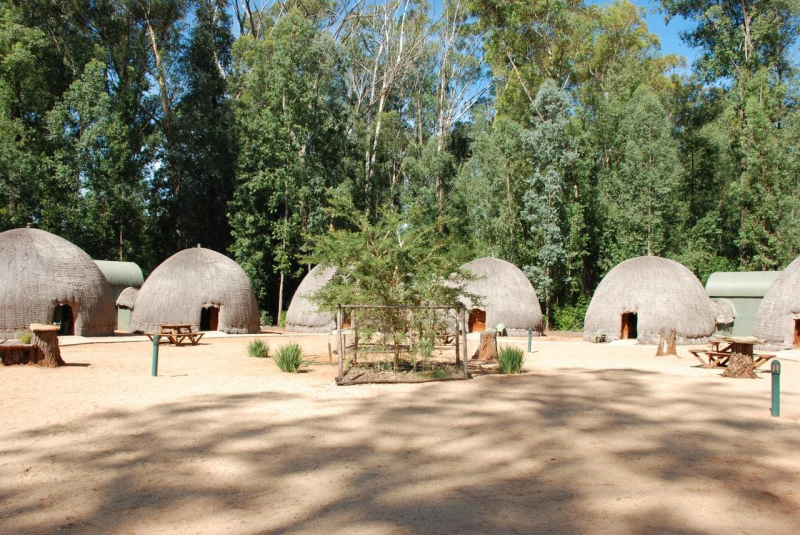
africawanderlust.com -
The Swazi Market is a must-see site for souvenir-hungry travelers in Mbabane, Swaziland's cool-climate capital. It's located on the town's main shopping street, Allister Miller Street. Fresh food, pottery, hand-woven baskets, masks, traditional textiles, soapstone carvings, and beaded jewelry abound in this market. The traditional medicine center, with its astonishing collection of therapeutic lotions and potions, is particularly interesting.
Tintsaba Goods, just past the Piggs Peak Hotel, is about an hour's drive away and offers additional Swazi crafts, including baskets, jewelry, and textiles.A journey up picturesque Pine Valley to the north of Mbabane is a pleasant diversion from the town. The trail follows the Umbeluzi River and passes several waterfalls. Even in the summer, the weather is pleasant for strolling and horseback riding.
Location: M4FV+7FG, Mbabane, Eswatini
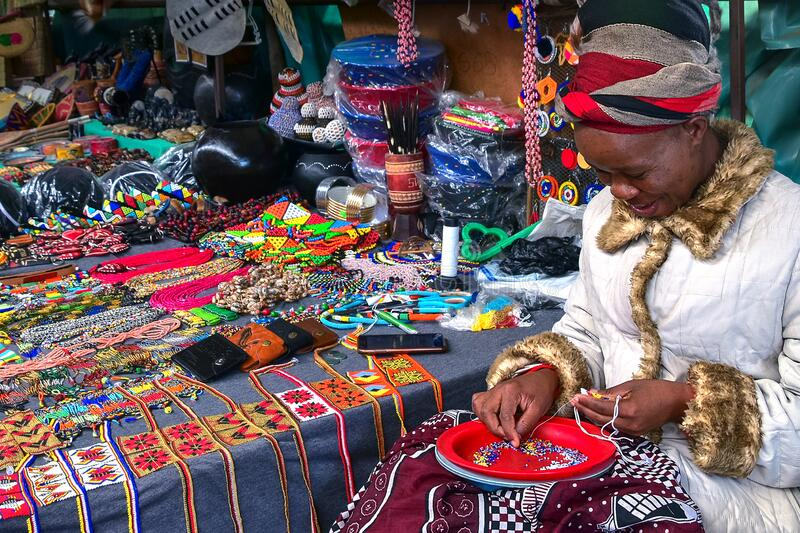
dreamstime.com 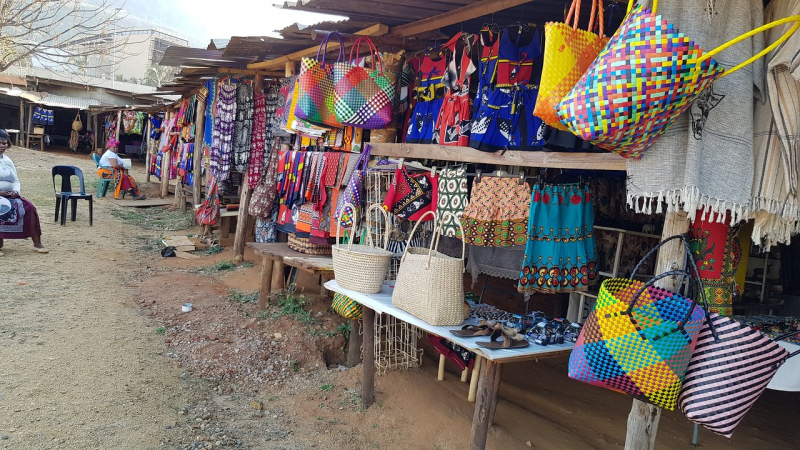
tripadvisor.com -
Mlilwane Wildlife Sanctuary is one of Swaziland's original conservation areas and its most popular wildlife reserve, located in the beautiful Ezulwini Valley. It was founded by Ted and Elizabeth Reilly, who converted their Mlilwane farm into a game reserve with King Sobhuza II's help. The Mlilwane Wildlife Sanctuary, a non-profit organization, has expanded to 4,560 hectares of wilderness surrounded by the Nyonyane ("Place of the Little Bird") Mountains.
The Mlilwane Sanctuary is home to over 400 kinds of birds and many animals, including zebras, vervet monkeys, crocodiles, warthogs, caracals, hippos, and antelopes, which were originally imported to the reserve from afar.
There are numerous activities available at the sanctuary. Game drives, nature hikes, mountain biking, horseback riding, a village culture experience, and swimming in the rest camp's pool are all on the itinerary. Self-contained cottages, traditional Swazi-style beehive huts, and a luxurious hilltop lodge serve to campers and backpackers as well as those seeking a little more comfort.
Location: Lobamba, Eswatini
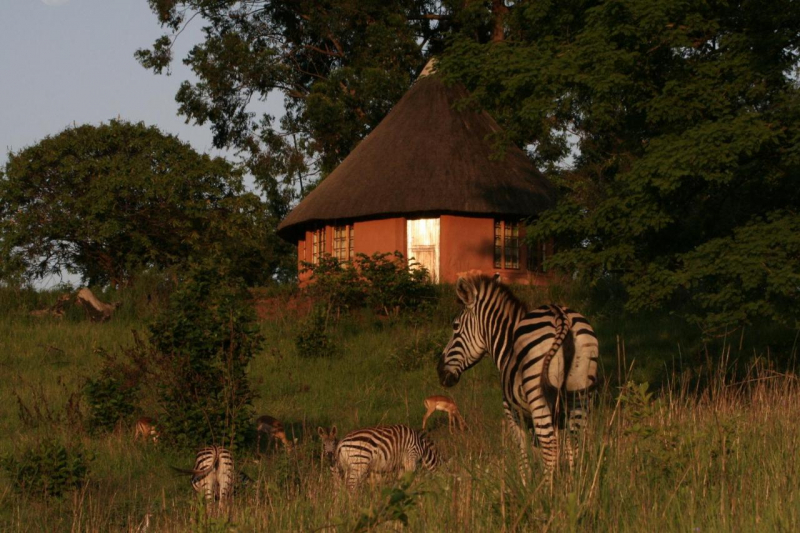
booking.com 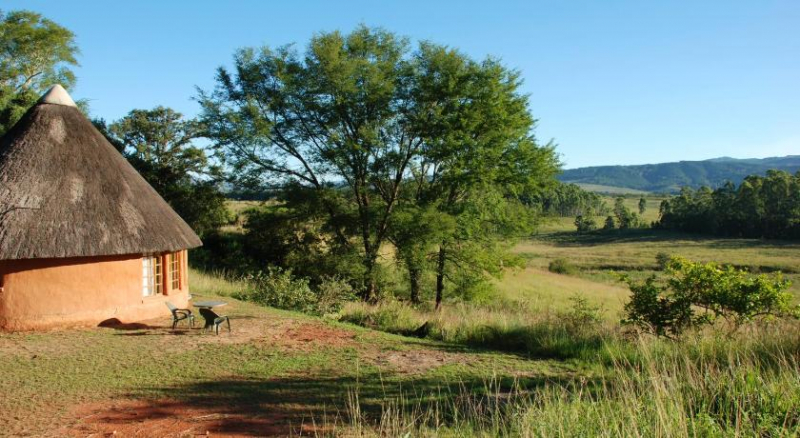
agoda.com -
The Malolotja Nature Reserve, which covers 18,000 acres in northwest Swaziland, is the country's largest protected area. The Malolotja River, which cuts through the reserve and generates a series of waterfalls, including the country's highest cascades, the Malolotja Falls, gives the reserve its name, which means "river with many rapids and waterfalls." Wildflowers enhance the lovely landscapes throughout the spring and summer, ranging from marshes and meadows to heavy riverine woodland.
One of the reserve's most appealing attractions for visitors is its extensive network of hiking paths and numerous backpacker camps, which allow for multi-day wilderness journeys. The wildlife is famous for its quantity of reptiles and birds, which includes nesting groups of endangered species like the blue crane and the bald ibis. Rock hyraxes, eland, and zebra are among the creatures that live there. Soaring through the forest on the Treetop Canopy Tour zipline is a fantastic way to see the reserve.
Phophonyane Falls Ecolodge and Nature Reserve, about a 40-minute drive northeast of here, has the tagline "Peace, Privacy, Paradise." With lush forests, rivers, waterfalls, and scenic hiking trails, the reserve protects an astonishing diversity of habitats in a very small area. A trip here provides a peaceful escape into the stunning Swazi countryside. Safari tents, beehive huts, and self-catering cottages are available to guests.
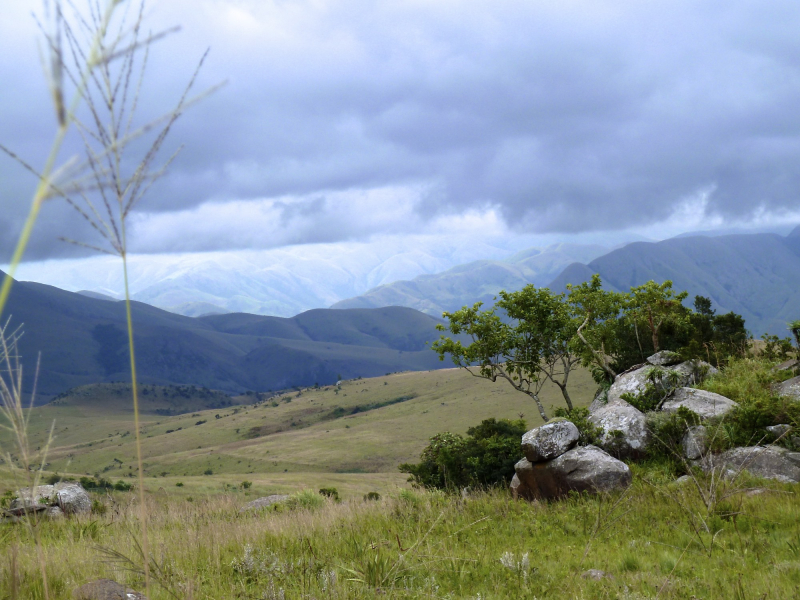
en.wikipedia.org 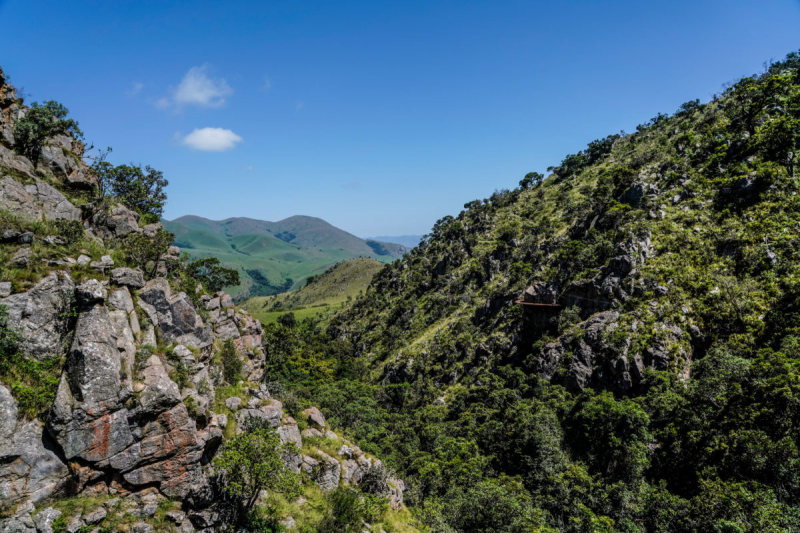
thekingdomofeswatini.com -
The Mlawula Nature Reserve is a scenic and diversified transitional zone spanning from the lowveld to the Lebombo Mountains. Mountains rise south to north along the Mozambique border, transforming the landscape from dry savannah to rolling green valleys and lush riverine forests. Wildlife is diverse, with 60 kinds of small and large mammals like as wildebeest, kudu, impala, and tortoises, as well as 350 species of birds, numerous insects, and an astonishing array of plants, thanks to the various biological zones.
Due to the absence of lions or elephants, guests are allowed to enjoy safe hikes on the walking trails, which range from small 1.5-kilometer hikes to full-day treks. Fishing is another favorite pastime. A campsite, luxury en-suite tents, and a cottage are available for guests. Mbuluzi and Simunye Nature Reserves, as well as the Hlane Wildlife Sanctuary, are all inside the reserve's boundaries.
Location: RX9X+VFF, Mlawula, Eswatini
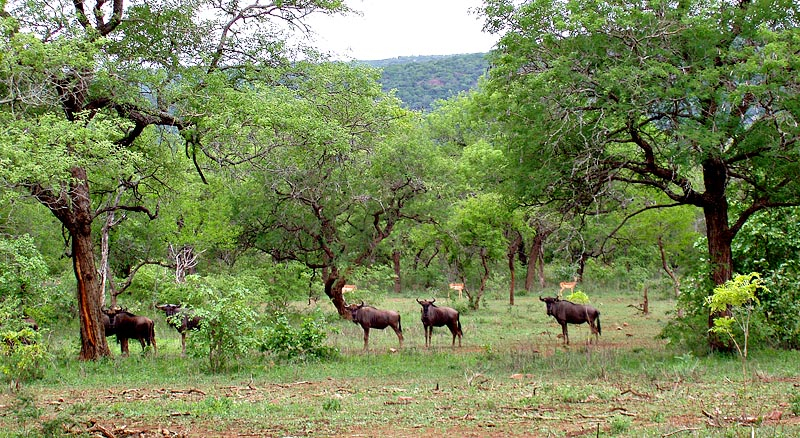
en.wikivoyage.org 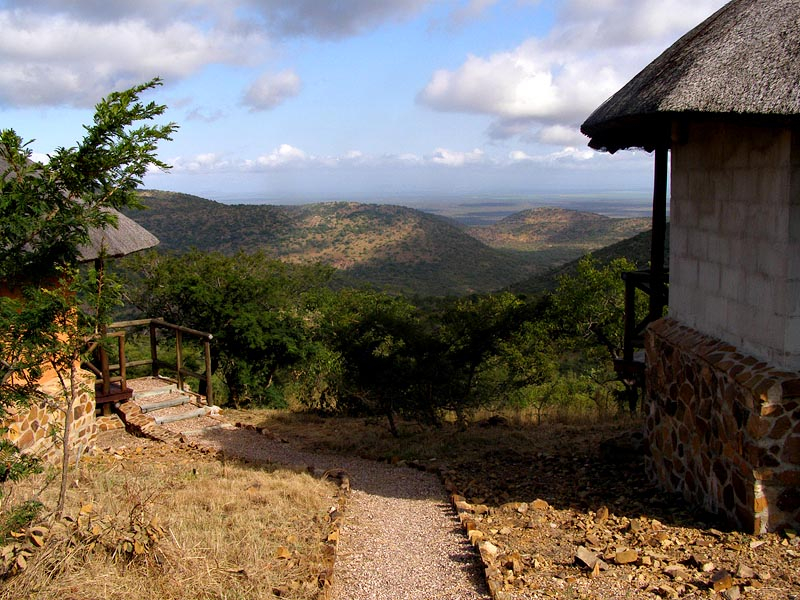
.wikiwand.com -
Mantenga Environment Reserve, located in the gorgeous Ezulwini Valley, provides a pleasant experience of Swazi nature and culture. The Mantenga Cultural Village, a reproduction of Swazi life in the 1850s, is located within this small 725-hectare reserve. Visitors can go on guided tours to learn about Swazi culture and customs, participate in activities like plaiting mountain grass and grinding grains, and watch outstanding traditional song and dance performances.
The magnificent Mantenga Falls, Swaziland's most famous falls with the largest volume of water, are a highlight of the reserve. Baboons, vervet monkeys, bush babies, porcupines, rock hyraxes, servals, leopards, and different types of antelope, as well as a variety of birds, are all protected in the reserve. The reserve can be explored on foot, in their own cars, or by mountain bike. Day visitors are welcome, and overnight guests can lodge at the Mantenga Lodge on the reserve's grounds.
Location: Ezulwini Valley
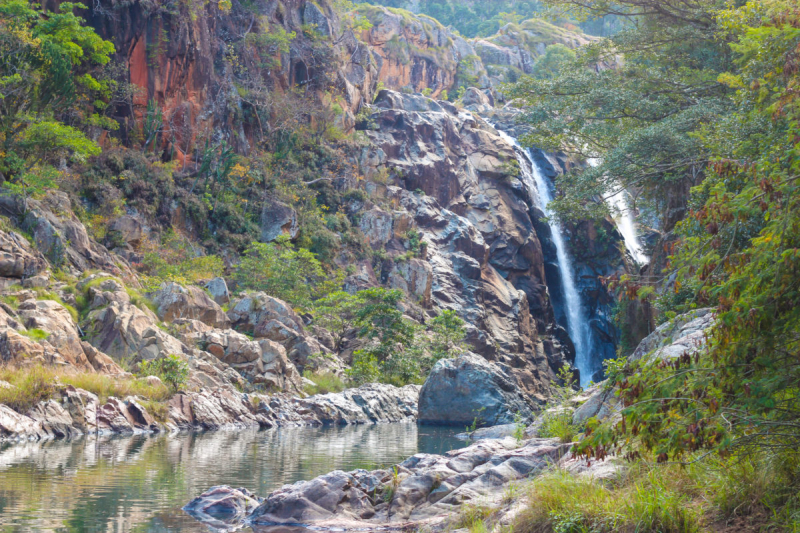
thekingdomofeswatini.com 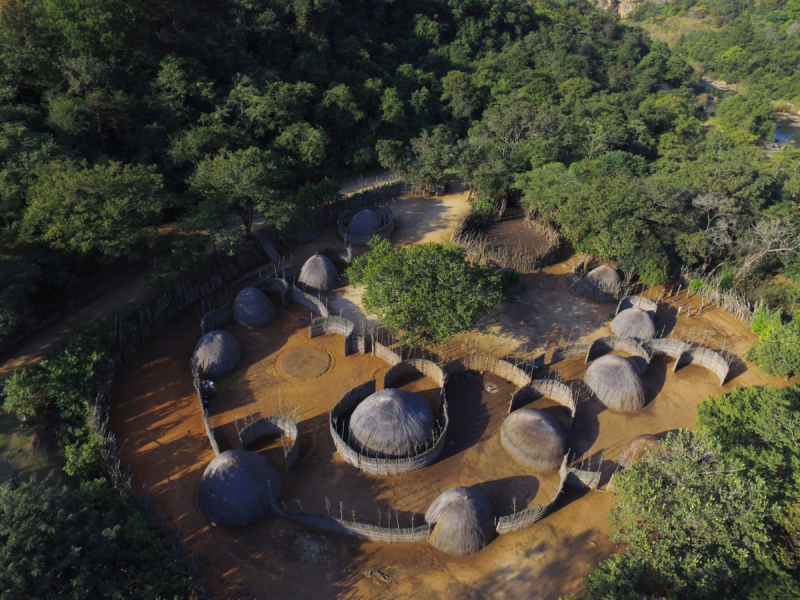
thekingdomofeswatini.com -
A trip to Swaziland is a must-do if you want to learn about the country's rich culture and meet its welcoming people. Visitors are welcome to attend some of the two major festivals' celebrations. Swaziland's most famous event is Umhlanga, the animated Reed Dance ceremony. It takes place during the last week of August or the first week of September, and it brings together young women from all around the country for a joyful song and dance performance.
Incwala is a three-week-long kingship ritual that takes place in December and January. Representatives of the Bemanti people carry water from all of Swaziland's major rivers, which had gathered at the new moon, to start the celebrations. Young men then construct a royal kraal at Lobamba out of lusekwane tree branches and other flora. The "great day," when the king, dressed in his finest robes, symbolically tastes the first fruits of the crop followed by joyful song and dance, reaches its culmination.
Location: Swaziland
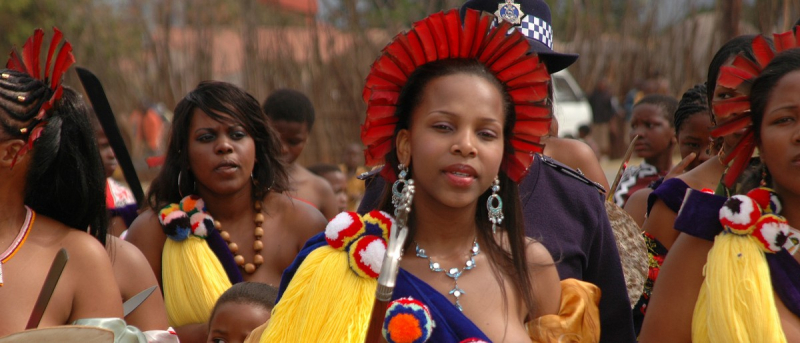
onlinetickets.world 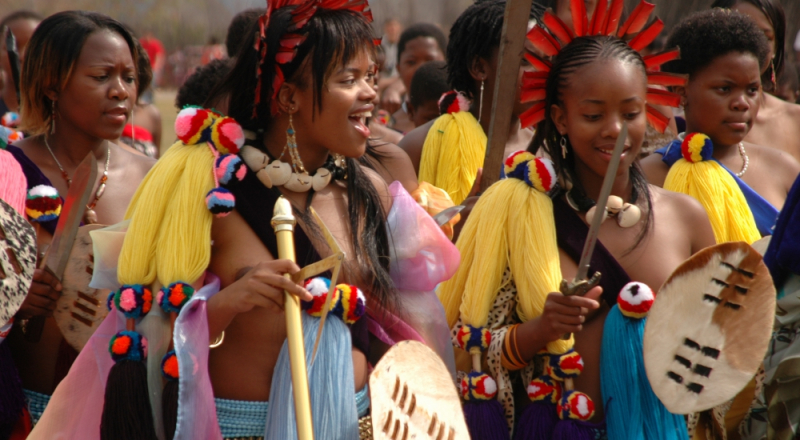
belafrique.com -
Shewula Mountain Camp, Swaziland's first ecotourism project, launched in 2000 above the Lebombo Mountains, about 20 minutes from the Lomahasha border crossing with Mozambique. The camp, which is wholly owned by the local community, spans 2,650 hectares of mountain terrain and offers breathtaking views of Hlane Royal National Park and Mubuluzi and Mlwulu Nature Reserve in the lowveld below.
There are a variety of activities available for various costs. Guided cultural trips to the local village, where you may engage with inhabitants and learn about their everyday lives, are popular choices. There's also an opportunity to meet a Sangoma, a Swazi traditional healer. Catching a dance performance, mountain biking, or hiking down to the Mbuluzi River and gorge are some other options. Guests can visit Shewulu for the day or stay in one of the rondavel huts for the night.
Location: V25Q+HRX, Ngomane, Eswatini
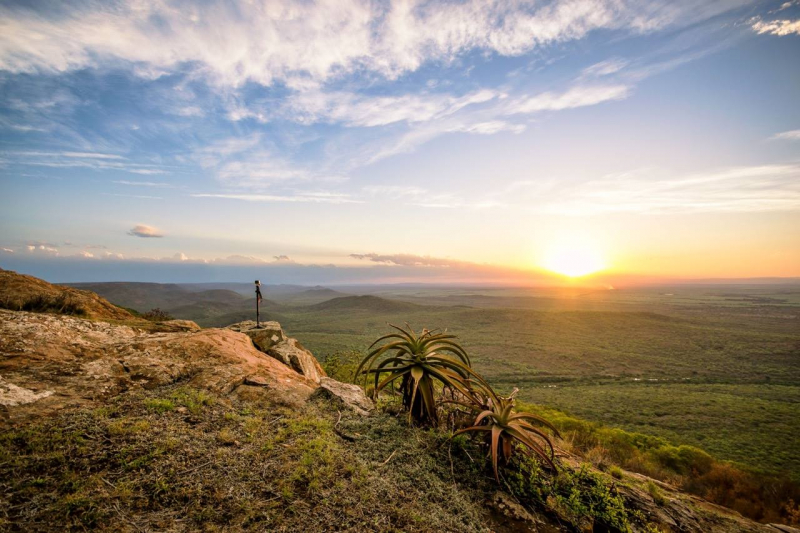
facebook.com 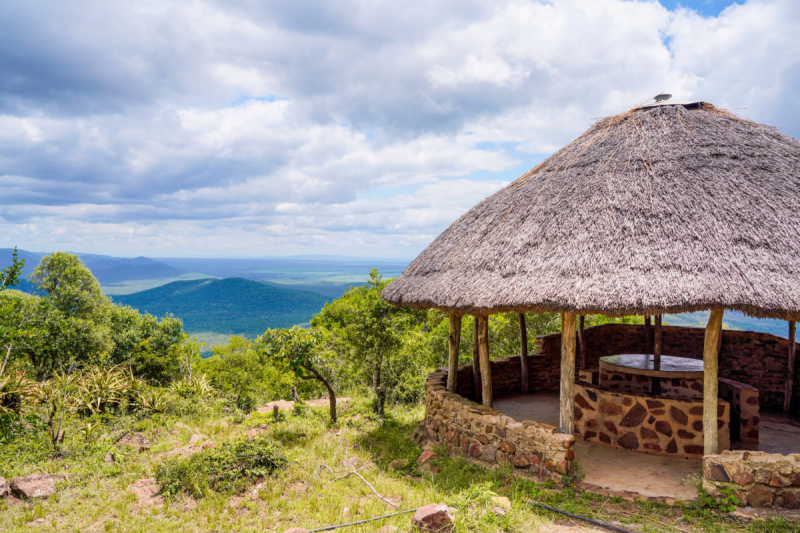
thekingdomofeswatini.com












